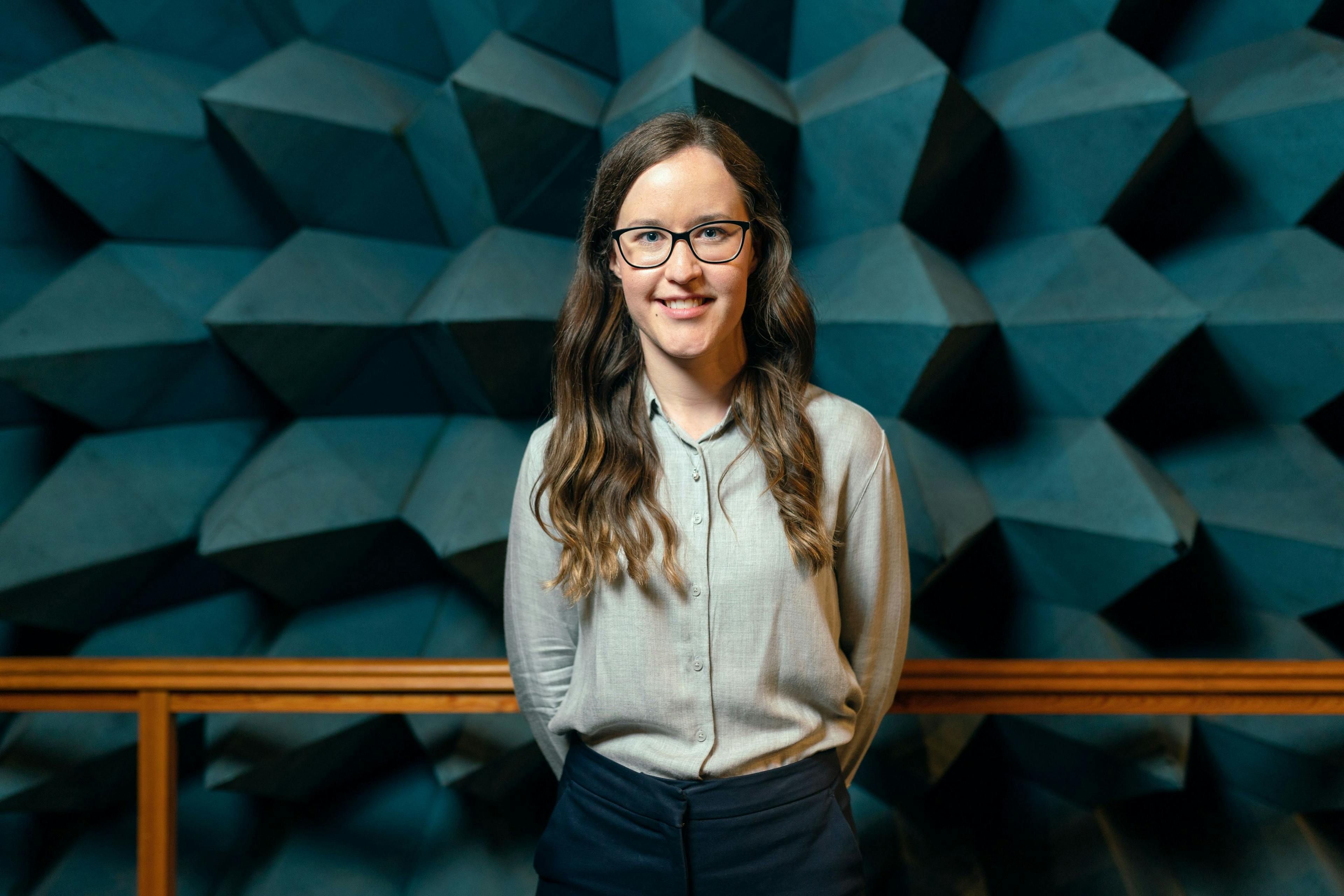Consulting
Make Better Business Decisions With Arrowhead Economics Consulting
Expertise
- 01
Outsourced Economic and Market analysis
- 02
Outsourced Decision Analysis
- 03
Expert testimony
- 04
Outsourced Data analysis
- 05
Ethics Assements
How we work
Scroll

“
VP
Michaella Klein
Upstream Integrated Major Oil Company





